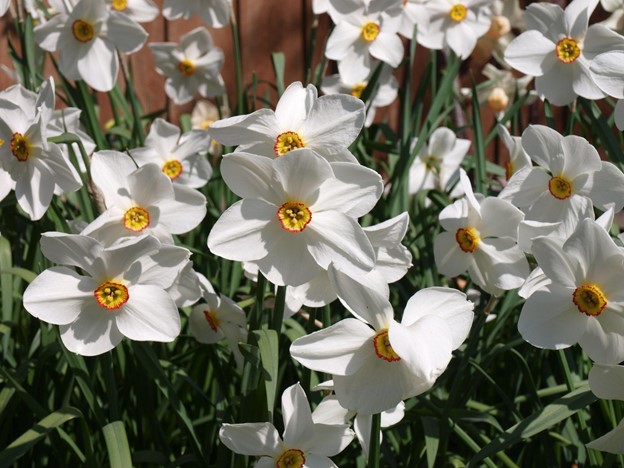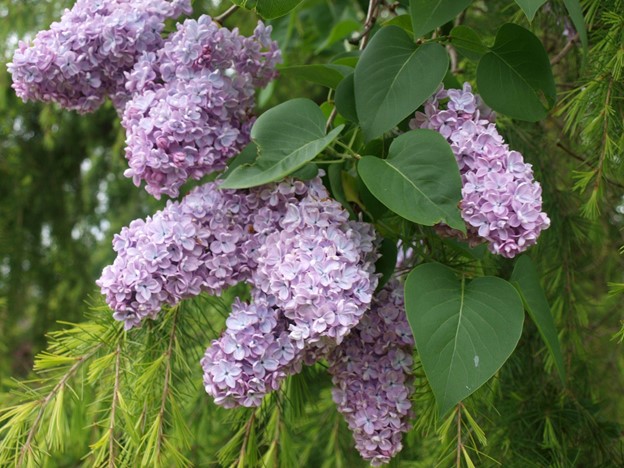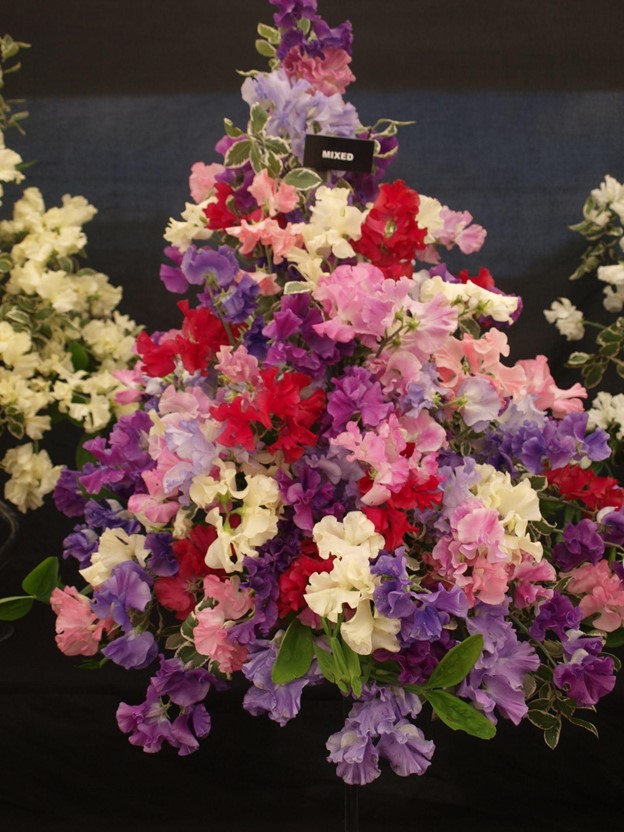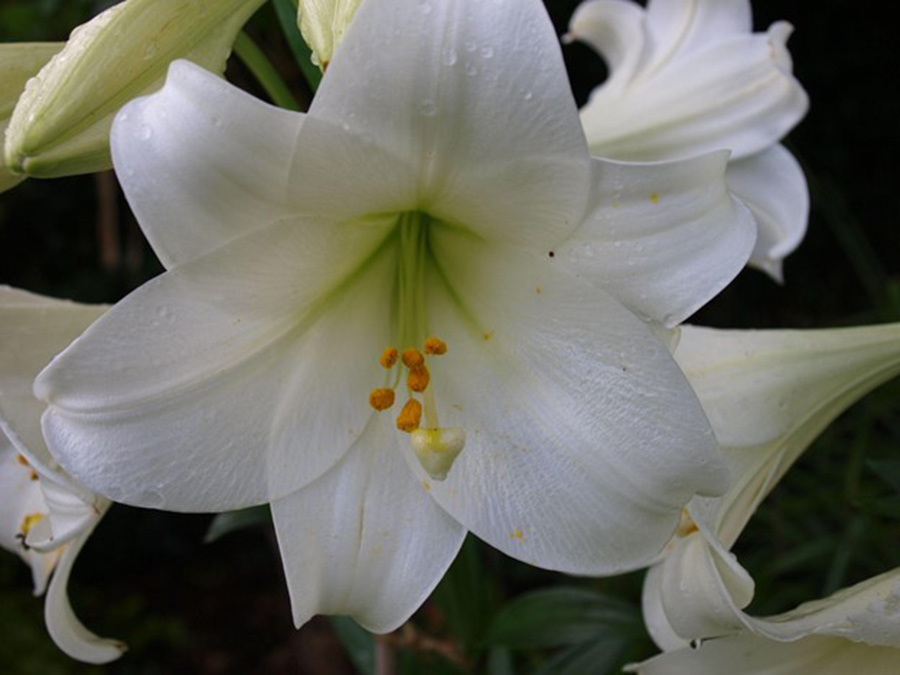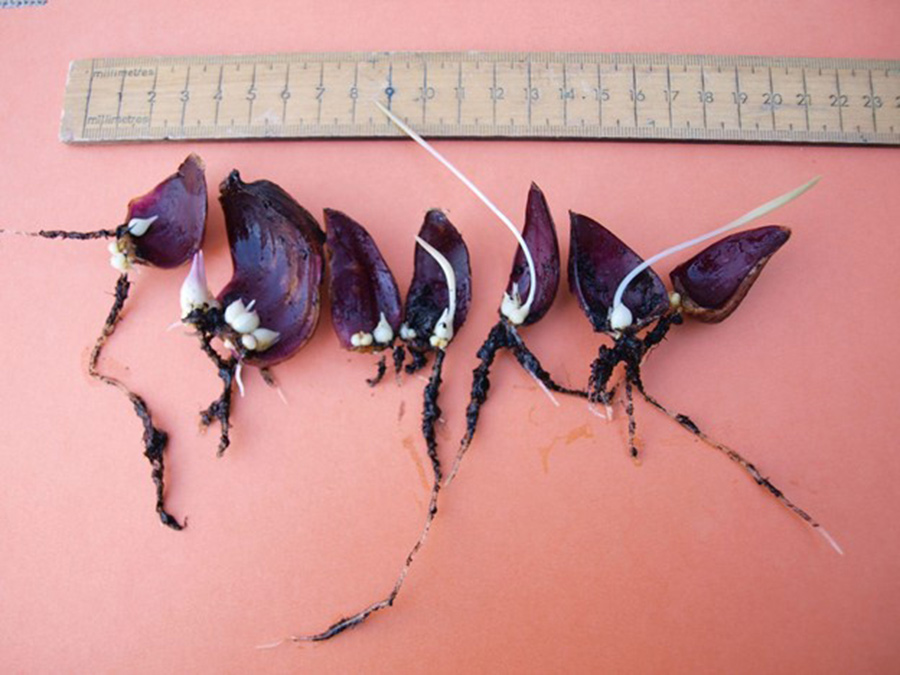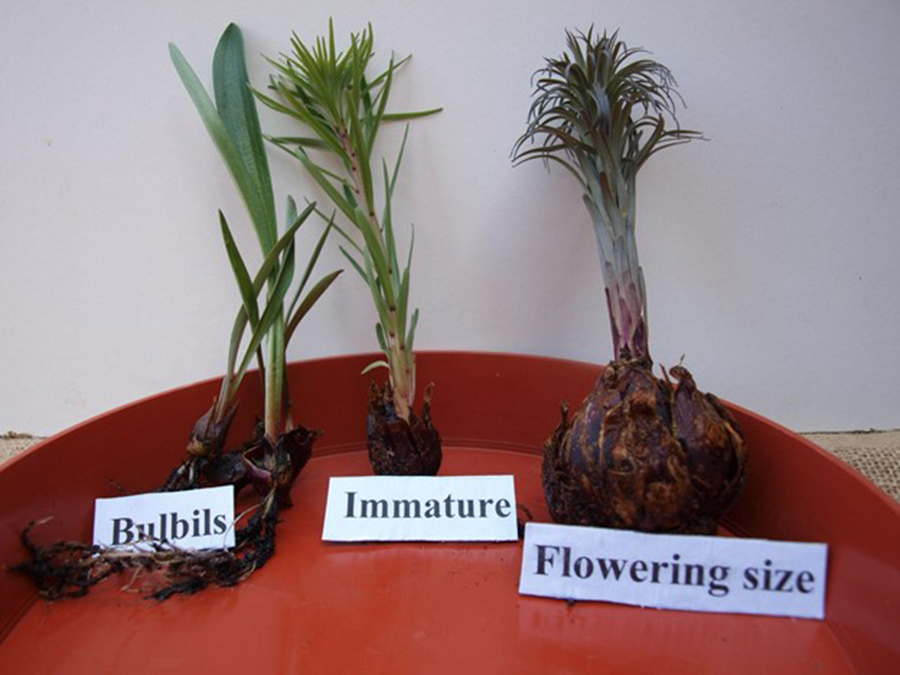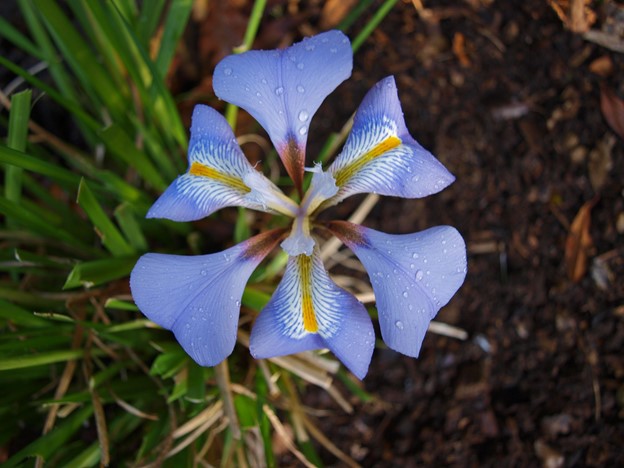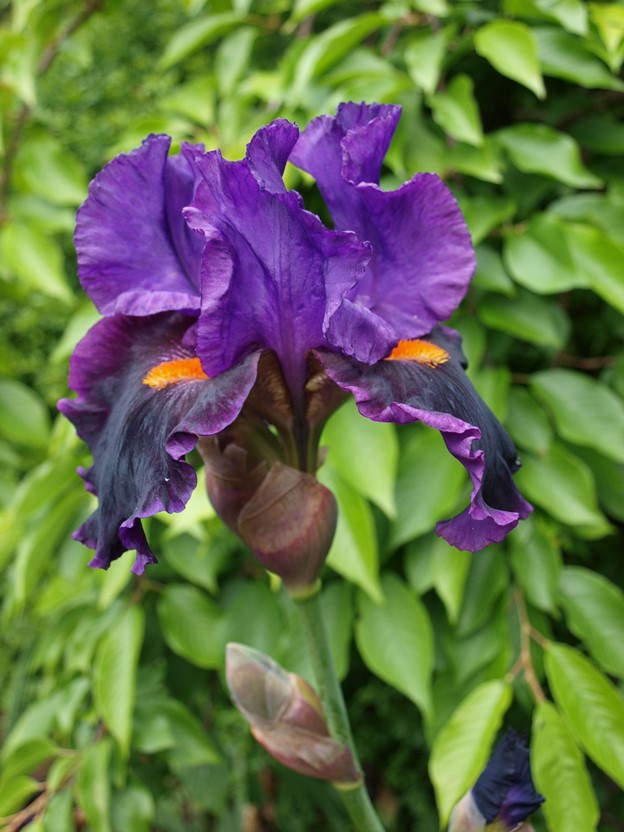How do flowers use fragrance to attract pollinators, and how do pollution and climate change hamper pollination? Professor Geoff Dixon tells us more.
‘Fragrance is the music of flowers’, said Eleanour Sophy Sinclair Rohde, an eminent mid 20th century horticulturist. But they are much more than that. Scents have fundamental biological purposes. Evolution has refined them as means for attracting pollinators and perpetuating the particular plant species emitting these scents.
There are complex biological networks connecting the scent producers and attracted pollinators within the prevailing environment. Plants flowering early in the year are generalist attractors. By late spring and early summer, scents attract more specialist pollinators as shown by studies of alpines growing in the USA Rocky Mountains. This is because there is a bigger diversity of pollinator activity as seasons advance. Scents are mixtures of volatile organic compounds with a prevalence of monoterpenes.
Environmental factors will affect scent emission. Natural drought, for example, changes flower development and reduces the volumes and intensity of scent production. The effectiveness of pollinating insects, such as bees, moths, hoverflies and butterflies is reduced by aerial pollution.
Pheasant’s eye daffodils (Narcissus recurvus).
Studies showed there were 70% fewer pollinators in fields affected by diesel fumes, resulting in lower seed production. Pollinating insects do not find the flowers because nitrogenous oxides and ozone change the composition of scent molecules.
Extensive studies of changes in flowering dates show that climate change can severely damage scent–pollinator ecologies. Over the past 30 years, blooming of spring flowers has advanced by at least four weeks. Earlier flowering disrupts the evolved natural synchrony between scent emitters and insect activity and their breeding cycles. In turn that breaks the reproductive cycles of early flowering wild herbs, shrubs and trees, eventually leading to their extinction.
The lilac bush, known for its evocative scent.
Heaven scent
Scents provide powerful mental and physical benefits for humankind. Pleasures are particularly valuable for those with disabilities especially those with impaired vision. Even modest gardens can provide scented pleasures.
Bulbs such as Pheasant’s eye daffodils (Narcissus recurvus) (illustration no 1), which flower in mid to late-spring, and lilacs (illustration no 2) are very rewarding scent sources.
Sweetly perfumed annuals such as mignonette, night-scented stocks, candytuft and sweet peas (illustration no 3) are easily grown from garden centre modules, providing pleasures until the first frosts.
Sweet peas are easily grown from garden centre modules.
Roses are, of course, the doyenne of garden scents. Currently, Harlow Carr’s scented garden, near Harrogate, highlights the cultivars Gertrude Jekyll, Lady Emma Hamilton and Saint Cecilia as particularly effective sources of perfume. For larger gardens, lime or linden trees (Tilia spp) form profuse greenish-white blossoms in mid-season, laden with scents that bees adore.
Written by Professor Geoff Dixon, author of Garden practices and their science, published by Routledge 2019.
Lilies provide gloriously beautiful and well scented flowering border plants. Choose flowering size bulbs in the garden centre or from a catalogue. Grow these through the winter potted in a general garden compost placed in an unheated greenhouse or cold frame. By March or early-April, substantial green shoots will have formed from the bulbs and they can be transplanted into the garden.
Lilies need a sunny border and very fertile soil to encourage vigorous root growth capable of supporting the flowering spike and ancillary bulbs as they are initiated. This produces magnificent flowers and an increasing colony of bulbs that will spread and become established over future seasons.
Lilium longiflorum, often called the Easter lily | Image credit: Professor Geoff Dixon.
Regular watering and feeding with nutrients are needed, especially potassium, which encourages root and shoot growth. Stake the flower spike as it grows, giving support for the flowers because they are heavy when fully open and easily damaged by winds.
Rewards come in mid-summer with magnificent colourful flowers and wonderful perfumes on warm evenings. Apart from severe winters, lilies are hardy garden plants unless they are from groups specified as tender and requiring protection. In the autumn, simply cut down the flowering spike and remove any fallen foliage.
Buds developed on lily scales after culturing | Image credit: Professor Geoff Dixon.
The Lilium genus has about 100 species originating worldwide mainly from north temperate areas of Europe, Asia and America. The colour range includes white, yellow, orange, pink, red and purple. Plant breeders in The Netherlands, Japan and North America have produced a huge range of multi-coloured hybrids.
Taxonomically, Lilium is divided into divisions, of which the Turk’s Caps, Martagons and American hybrids are popular. The most destructive pest is the scarlet lily beetle (Lilioceris lilii) which devours foliage, flowers and bulbs. The first signs of trouble are shot holes in the foliage. Picking off beetles and larvae is an effective means of dealing with low-level infestations.
Comparison of lily bulbils growing from scale leaves, immature bulb and flowering size bulb | Image credit: Professor Geoff Dixon.
Asexual propagation is a simple and enjoyable occupation. Divide a good-sized bulb into its scales. Choose healthy scales from the outer rings and place these in a plastic box containing damp kitchen paper and place in an airing cupboard. After about 10-12 weeks, small bulbils will have formed on each scale.
Select the boldest mother scales and bulbils and plant in a tray of seedling compost and grow in the greenhouse. After two or three months the most vigorous young plants can be potted individually. Eventually these are planted in the garden and will develop into flowering size bulbs after two or three years.
Written by Professor Geoff Dixon, author of Garden practices and their science, published by Routledge 2019.
The iris family (Iridaceae) provides gardeners with a glorious array of colourful and frequently well scented flowers. Originating from both tropical and temperate regions, some such as freesias are best cultivated under protection. Others such as gladioli and crocus are reliable garden plants.
Iris, or fleur-de-lis, is one of the larger genera, offering colour and interest from the very earliest springtime through to May and June. The earliest and always most welcome is Iris unguicularis (previously Iris stylosa). Flowers (see illustration 1) emerge in the darkest days of December, encouraged by the warming effects of climate change.
Illustration 1: Iris unguicularis (syn Iris stylosa) / Image credit: Geoff Dixon
Originating from North Africa, it thrives in south facing dry borders, preferably under a wall where winter sunshine encourages proliferous flowering. Every few years, lift and divide the clump of small rhizomes after flowering has finished. Remove older growth and replant younger roots with a modest handful of compost and water well. Established clumps can be cut back, removing dead leaves during late spring.
By contrast Iris pseudacorus, the water flag, thrives in wet, boggy places or even when immersed in water. Found across Europe, it is a British native plant producing vivid yellow flowers that are rich sources of nectar. In parts of Scotland it forms large expanses of natural growth that are favoured by nesting corncrakes. It can be cultivated as part of water purification programmes since nitrogen and phosphorus are extracted by the vigorous root systems.
Illustration 2: Iris germanica / Image credit: Geoff Dixon
The prima donna is Iris germanica, the flag or bearded iris. These are stately plants, producing flower spikes up to one metre high and furnished with multicoloured flowers (illustration 2). Upright standard petals can contrast completely with the falls which bear a beard of yellow pollen bearing stamens. Fertiliser should be applied as the flower spikes appear. It should be applied again after flowering, stimulating root growth in anticipation of a colourful display in the next season.
Illustration 3: Rhizome ready for division / Image credit: Geoff Dixon
The rhizome is a large swollen ground-creeping stem from which side shoots develop with a terminal area of older tissue (illustration 3). Every four or five years, the rhizomes should be lifted and divided by removing the terminal tissue and splitting off side shoots with a sharp knife. These and the main rhizome should be replanted carefully, ensuring that they rest on the soil surface with their fibrous roots buried beneath them. Multiplication eventually provides a border filled with very colourful displays that can persist for a month since flowers frequently emerge along most of the spike.
Written by Professor Geoff Dixon, author of Garden practices and their science, published by Routledge 2019.

